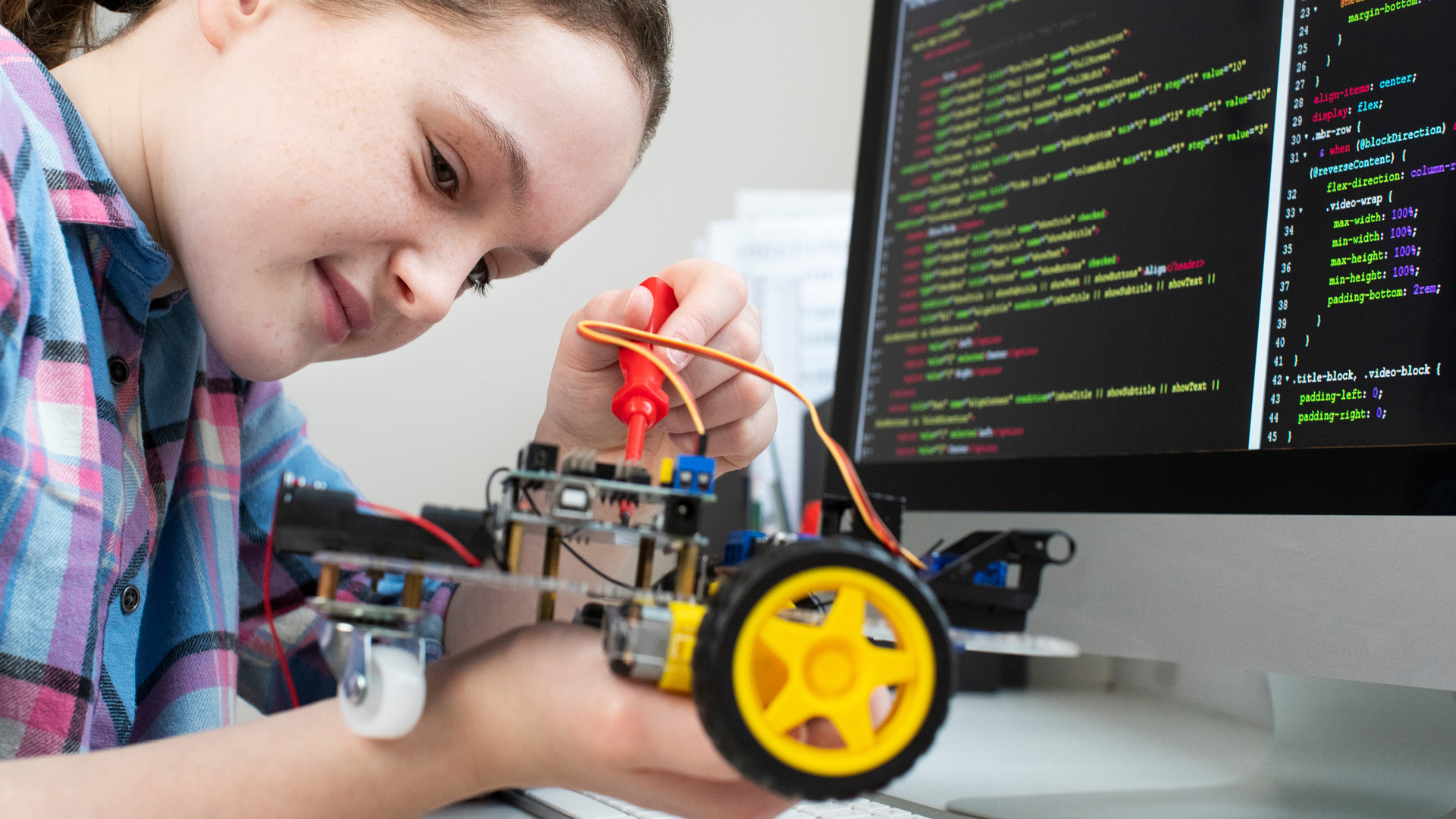“Our education system is the foundation of our skilled workforce,” says RSV CEO Mike Flattley, “so a failure to invest in our science teachers and classrooms is a failure to back Victorian kids as future leaders in our nation’s knowledge-based economy.”
While the Victorian Parliament recently concluded its inquiry into the State Education System in Victoria, only one recommendation of that report mentioned maths and science education, urging the Department of Education to review whole-school materials and lesson plans for core subjects. The report also highlights teacher workforce shortages and the need to review current strategies to target this problem.
“STAV recognises that the drive to foster, engage and stimulate students of Science for real world application requires continuing development of scientific literacy across the community,” says STAV President Alexandra Abela, “As the key source of expertise, inspiration and guidance to students, science teachers deserve greater agency in the creation of and decisions around quality professional learning opportunities and resources that are responsive and relevant to emerging needs.”
“We cannot continue to rely on immigration to provide Victoria with the engineers we need in the future. We need to support our science teachers to encourage all Victorian students to consider a career in STEM,” says ATSE CEO Kylie Walker.
ATSE has previously published a report on tackling the STEM skills crisis nationally.









